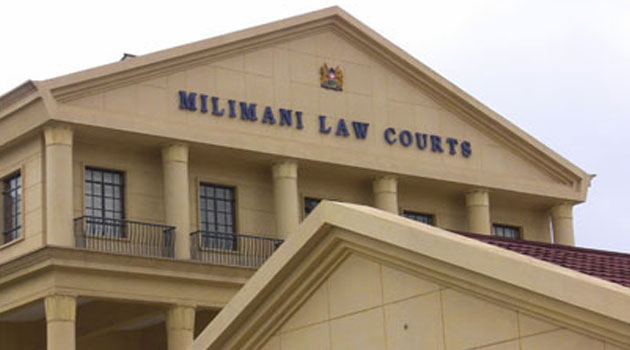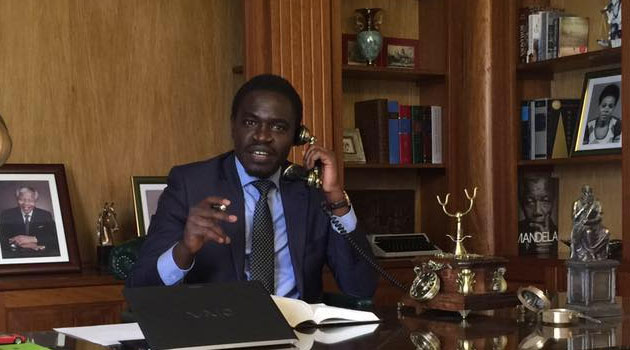Kenya’s High Court has halted the Sh95 billion energy infrastructure deal between Kenya’s Ministry of Energy and Indian multinational Adani Energy Solutions, a move that puts the ambitious public-private partnership on hold until further scrutiny. The court order, issued by Justice Bahati Mwamuye on Friday, prevents the agreement from progressing as both parties prepare to present responses by November 1, with a court session scheduled for November 11 to assess compliance and chart the course for an expedited hearing.
Background to the KETRACO-Adani Agreement
The agreement, which was signed on October 12, was a collaborative effort between the Kenya Electricity Transmission Company Limited (KETRACO) and Adani. Under the deal, Adani was granted a 30-year concession to construct and operate key electricity transmission infrastructure, including four major transmission lines and two substations, before ultimately transferring control back to Kenya.
President William Ruto, addressing the public criticism of the deal, defended the partnership on Thursday, suggesting it offered a valuable alternative to more debt or tax increases. According to President Ruto, public-private partnerships (PPPs) are crucial to Kenya’s economic development goals. He cited the Nairobi Expressway, a flagship PPP project, as an example of successful private-sector collaboration.
“To unlock the country’s resources, we need private sector investment, which leads to a win-win outcome,” Ruto stated during the launch of Kenya’s third geothermal power plant in Menengai, Nakuru. The partnership with Adani, he suggested, is in line with a strategic shift aimed at sustaining growth without escalating public debt.
Adani’s Role and Scope of the Project
The agreement designates Adani, a conglomerate headquartered in India, to construct and manage significant infrastructure, including the 400kV Gilgil-Thika-Malaa-Konza transmission line (spanning 208.73 km) and the 220kV Rongai-Keringet-Chemosit line (approximately 100 km). Additionally, Adani would build critical substations at strategic points to support the national grid. Energy Cabinet Secretary Opiyo Wandayi emphasized that the deal, forged after four months of negotiations, is legally sound and was intended to address pressing energy needs by modernizing Kenya’s power distribution network.
Despite Kenya’s urgency to enhance its electricity infrastructure, Adani’s involvement has triggered concerns due to past controversies the company has faced in other countries. The corporation has previously come under scrutiny over allegations of environmental violations and human rights abuses in some regions where it operates.
Legal Proceedings and Public Sentiment
The decision to suspend the deal comes amid growing public interest and debate on the economic implications of such large-scale foreign partnerships. Critics argue that while PPPs can alleviate fiscal pressure, they may also lead to long-term dependency on foreign entities for infrastructure essential to national security and economic stability. Proponents, however, view such arrangements as practical solutions to accelerate infrastructure development without burdening the taxpayer.
The High Court’s directive mandates both KETRACO and Adani to submit detailed responses to the petition and supporting applications by November 1. The matter will then be revisited on November 11, allowing the court to set additional directions for an expedited hearing to determine the future of the deal.
Broader Implications for Kenya’s Development Strategy
The suspension of the KETRACO-Adani deal raises questions about Kenya’s strategy for involving international corporations in critical sectors. PPPs, as highlighted by President Ruto, are seen by the administration as a practical approach to fostering development and unlocking private sector investments. However, cases like this underscore the need for careful vetting to balance rapid growth with national interest, particularly when dealing with essential services like power.
As Kenya’s infrastructure development needs continue to grow, the outcome of this case will likely influence how future PPPs are structured, scrutinized, and implemented.














